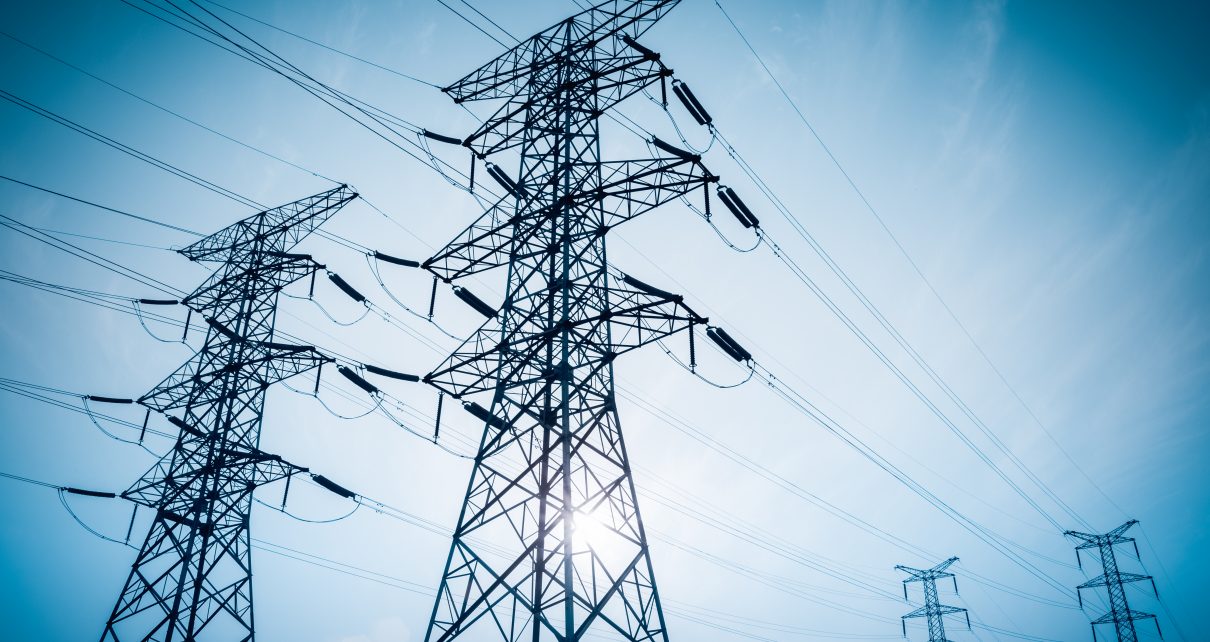
Electricity Transmission Pylon at Dusk. (Photo: chuyuss/Shutterstock)
Report from CPUC Public Advocate Finds CA Residential Electricity Prices More than 2X the National Average
PG&E rates up 92% in less than 10 years
By Katy Grimes, October 27, 2023 11:36 am
We don’t hear much about California’s “decarbonization work,” the state’s and California Public Utility Commission’s flawed scheme to reducing greenhouse gas emissions. But we see the painful results in our monthly electricity bills.
The Public Advocates Office at the California Public Utilities Commission, published a new report which found PG&E residential electricity prices are more than double the national average. The report also found PG&E rates have gone up 92% in less than 10 years. And PG&E is back at the CPUC asking for even higher rates.
For current electricity rates, the report found that the residential electricity rates went up 38% from Jan. 2021 to Sept. 2023.
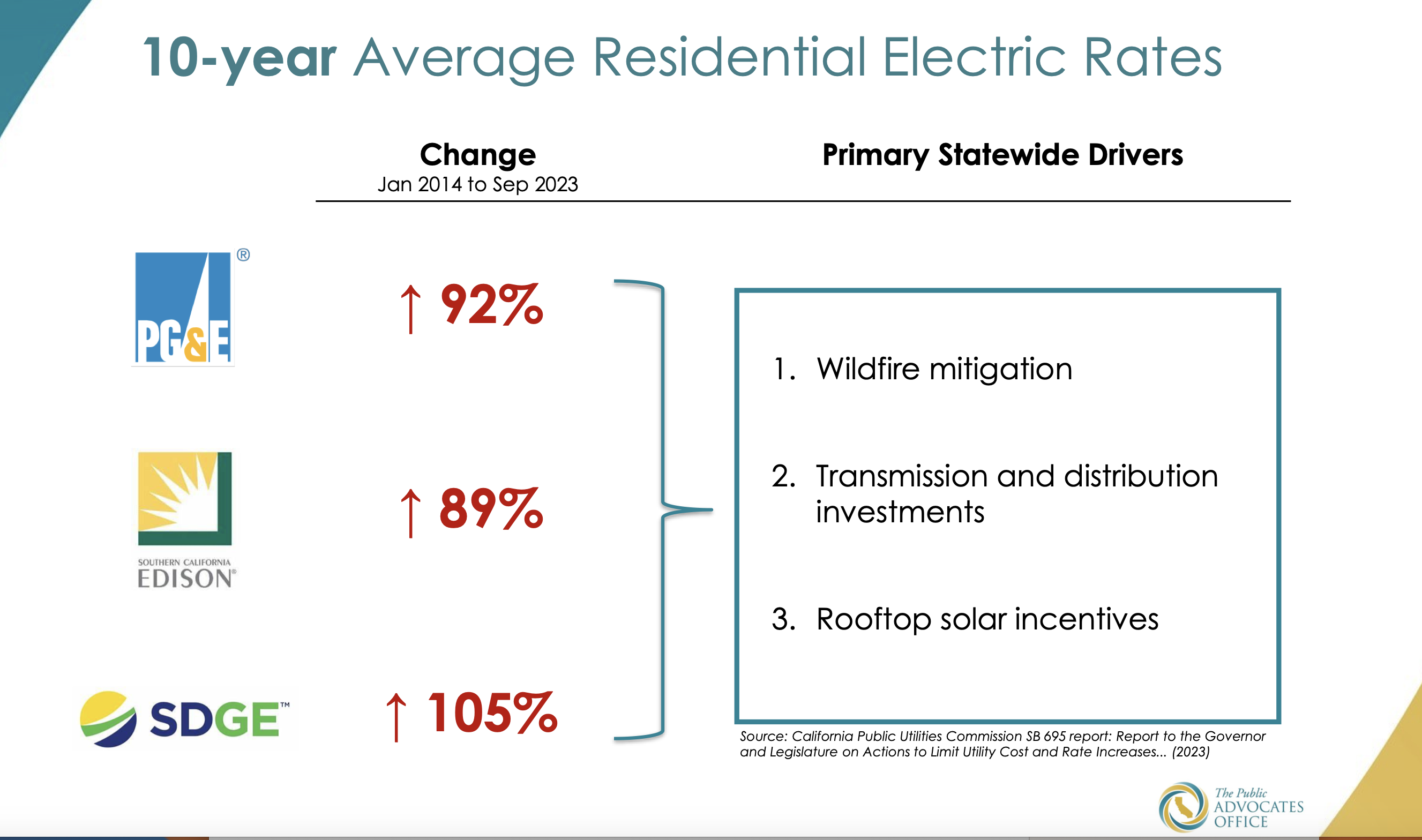
And driving home just how painful these electricity rates are, these residential rate increases far exceed inflation, which is regularly underreported.
The CPUC Public Advocates attribute these monstrous electricity rate increases to wildfire mitigation costs and solar subsidies.
Perhaps the only good news in the report is that these high electricity prices hinder clean energy transition and electric vehicle adoption.

Last year, when PG&E bumped its rates, the energy provider blamed the increases on:
- The cost of maintaining aging infrastructure
- Paying off debt accrued during the California energy crisis
- Cost overruns from the new natural gas pipeline construction
- Upgrades to the safety and electricity grid
- Rising natural gas and wholesale electric energy prices
- The recent drought, which reduced lower-cost hydroelectric generation in the Western United States
At first glance, these appear to be acceptable, rational explanations – except for the fact that electricity rates only always go up.
“What we’ve seen recently, on both the natural gas and the electricity side, is really almost an unprecedented increase in the cost of natural gas,” says Lynsey Paulo, a spokesperson for PG&E, who noted that natural gas prices are up 90% compared to last winter, the Press Democrat reported. “What we pay for our customer’s energy supply, both natural gas and electricity, we pass directly through to them. There’s no markup with that cost,” she says. Making matters worse, on the electric side, recent drought conditions have limited the amount of lower cost hydroelectric generation.
But Wait! Aren’t four hydroelectric dams along the Klamath River being dismantled? Why, yes, this is happening.
As for “The cost of maintaining aging infrastructure,” that is something rate payers expected PG&E was doing all along. We only found out aging infrastructure wasn’t being maintained or replaced with the deadly Paradise fire in 2018, and subsequent costly wildfires.
In 2021, the Globe reported on California’s “decarbonization work,” the state’s and CPUC’s flawed scheme to reducing greenhouse gas emissions through moving to an all-electric grid, away from oil and gas, coal, hydroelectric and nuclear power.
Energy expert Jesus Arredondo discussed with the Globe the 2021 California Public Utilities Commission meeting that centered around themes and concepts raised in the CPUC White Paper, Utility Costs and Affordability of the Grid of the Future – California electric and gas cost and rate trends over the next decade
“The white paper warns that the burden of continually rising utility bills will likely derail California’s decarbonization work if left unaddressed,” Arredondo said. “Worse, the rising costs are hitting customers who’ve been hit hard by pandemic-driven job losses and sheltering at home the hardest.”
We discussed the tiered energy pricing now prevalent in California, which penalizes residential ratepayers for household electricity used after 4:00pm, when Californians get home from work and cook dinner, do laundry, wash dishes, bathe children, do homework on computers, and watch television.
Even summer “peak” rates were at that time, about 40% – 200% higher, judging from the billing statements.
Arredondo asked and answered what happens to the electricity grid and tiered pricing when Gov. Gavin Newsom’s mandate of all-electric cars becomes reality by 2035.
It will likely be a lot worse if the current course is maintained.
Arredondo explained that the daily optimum solar energy generation time is 10:00am to 4:00pm. But the sun goes down right when most people get home from work and would plug the electric cars in. Besides the all-electric car goal sounding preposterous, the huge load on the grid after 4:00pm would be devastating.
“These high prices result from uncommonly large fixed costs that are bundled into kilowatt-hour prices and passed on to customers,” Arredondo explained. “These costs cover much of the generation, transmission and distribution fixed costs, as well as energy efficiency programs, subsidies for houses with rooftop solar and low-income customers, and increasing wildfire mitigation costs.”
The bottom line is that California’s residential electricity prices, more than double the national average, are self-imposed. PG&E, San Diego Gas and Electric, and Southern California Edison can highlight all of the reasonable sounding issues leading to these exceedingly high costs – but it comes down to unrealistic, dangerous state policy pushed on energy providers and rate payers by the left and its delirious green agenda, as well as a governor and Legislature captivated by, and enamored of these special interests.


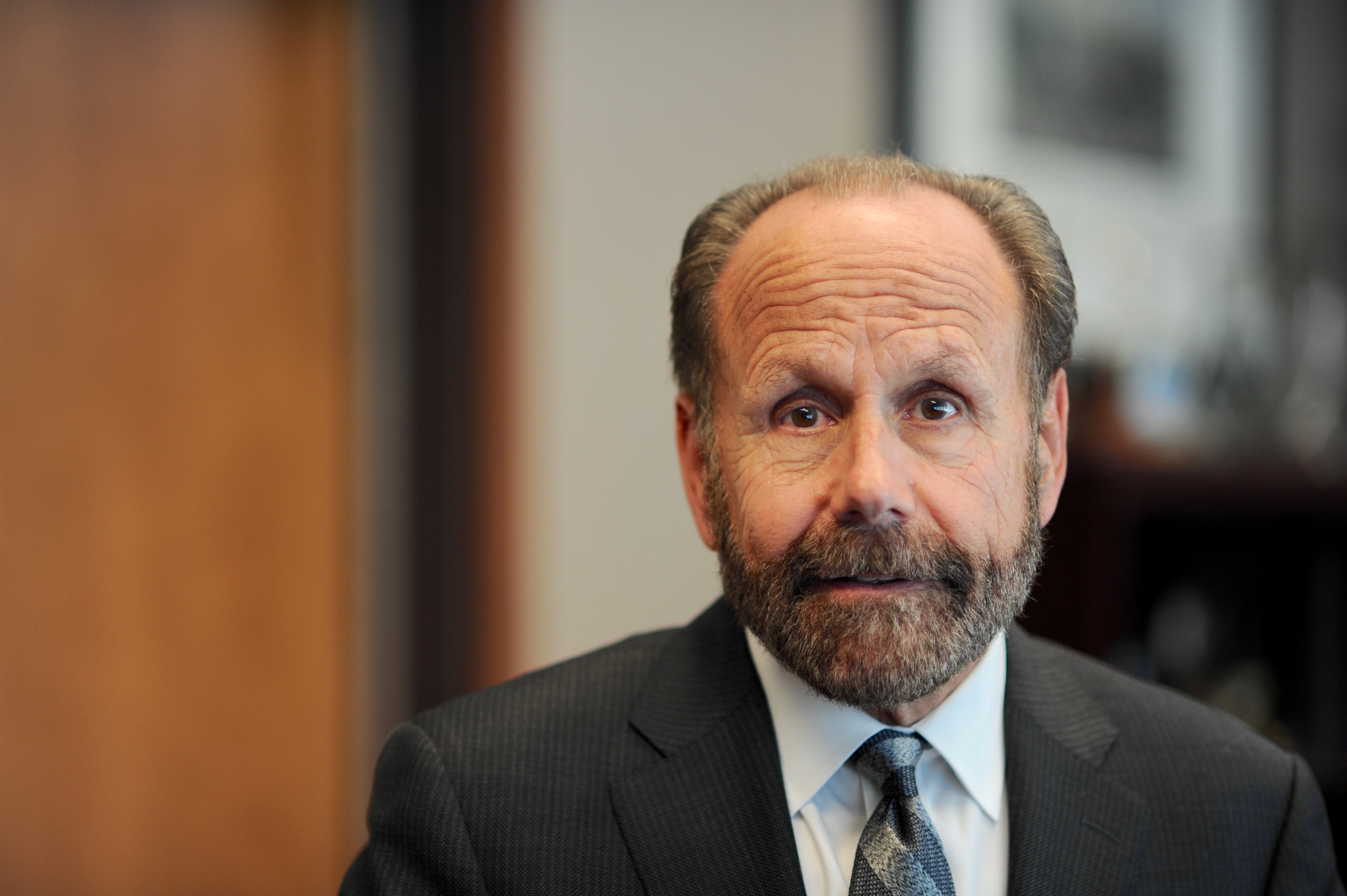
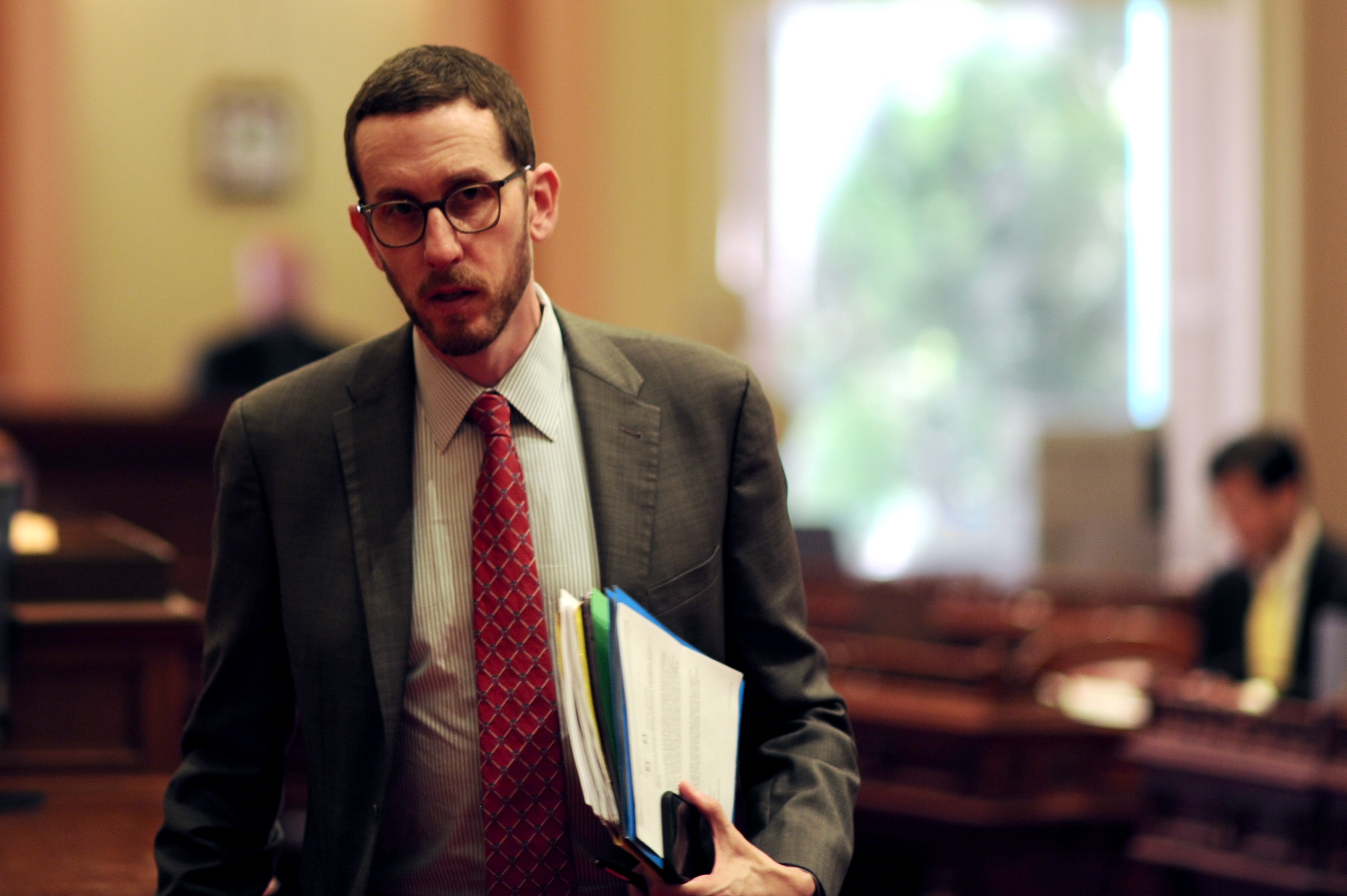
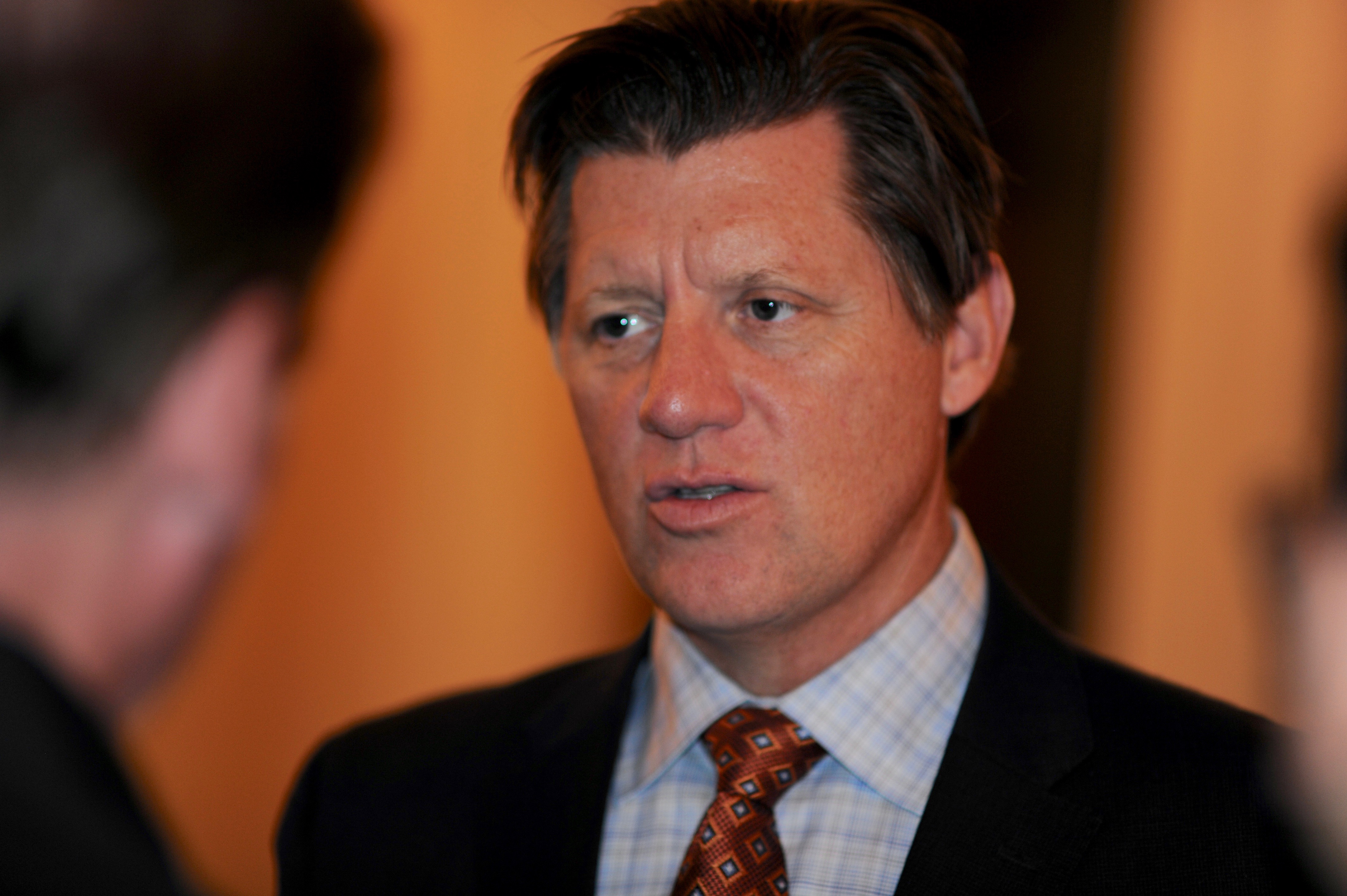
As if we needed a report to reveal this to anyone. Every one of us is reminded us every month that we pay far higher electric rates than people living in other states. And we all know why this is. It’s also related to why we pay way more for gas than in any other state.
Good article. Perhaps a simple ballot initiative on how the board of directors is appointed would help consumers. Currently the governor appoints the commissioners for staggering 6-year terms. Perhaps these positions should be elected positions by the voters which would make these commissioners appointed by the electorate.
My current PG&E rates are 35.8¢ for Tier 1 and 44.7¢ for Tier 2. My monthly bill during the summer is around $400 per month because A/C and water well use ramp us up into Tier 2 rates.
A friend in rural Tennessee pays 12.8¢ per KwH and another in Boise pays 9.6¢. Both are flat rates that apply regardless of how much power is used. If I lived in Boise and used the same amount of power I use here my monthly bill during the summer would be less than $90, not $400.
The only reason CA PUC figures our rates are only double the national average is because they include costs in other states, like Hawaii and some New England states, that are run by Democrats who are also attempting to ‘save the planet’ by going green.
California rates may not be a big deal to Gavin Newsom and those in state government but they are to someone like me, who is retired and will soon be giving half of his Social Security check to his power provider.
CPUC is the group that keeps giving the go ahead for rate increases – energy groups don’t concern themselves with safety or savings because the charge back to CUSTOMERS is always welcomed by CPUC!!!
Yeppers.
Newsom and Xi are saving our little patch of Earth from global change.
Let us not forget our gas bills. “Marketplace,org” explains that there is no pipeline capacity. I sense that the surreptitious discontinuing of natural gas in subdivisions has something to with PG&E being unable or unwilling to get new pipelines approved. To bring in cheaper natural gas from outside the state.
Last year Ingot a $600 bill for Christmas. Between gas and electricity we are getting thoroughly screwed.
You get what you vote for!
Correction: You get what THEY vote for. THEY being the fools, the liars and the cheaters.
THEY being the electronic voting system administrators, WHOEVER they may be…
It’s not a BUG, it’s a FEATURE….
Tiered rates are nothing more than behavior modification controlling what you do and when you do it. High rates are designed to leave you sweating in the summer and shivering in the winter while the elites who cook up such schemes have their thermostat turned down to 50 in the summer so they can enjoy a fire in the fireplace.
One problem is the CPUC has allowed people with solar panels and net metering to become a bunch of freeloaders, using the grid and gas fired power plants, and not paying their fair share. Then everyone else has to pickup the their tab. This needs to stop.
It’s going to get worse for higher income households. There is legislation winding its way through Sacramento to charge an extra fee per month based on household income to offset the higher cost of electricity for lower income households and other purposes. It is particularly directed to those with solar panels. My guess is that it will amount to about $80-$100 per month.